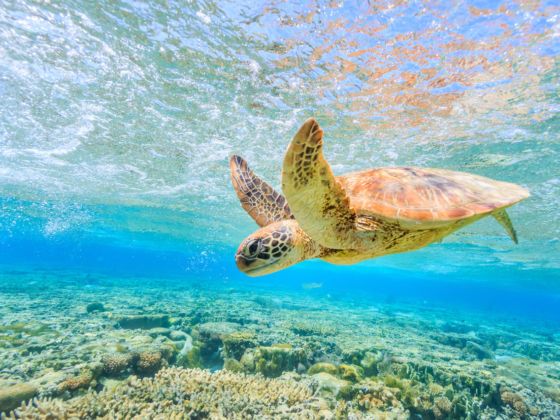How to get in
Area of interest: off the east coast of Borneo, in the Celebes Sea
Most divers fly in to Tawau, the closest airport (a 90-minute drive) to Semporna, a charm-free Malaysian town on Borneo proper. (Both AirAsia and Malaysian Airlines have cheap flights from Kuala Lumpur, Bangkok, and other regional hubs.)
